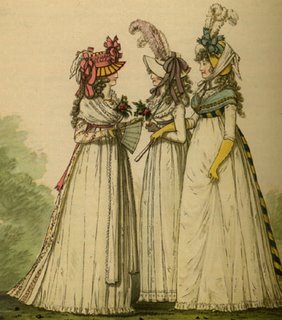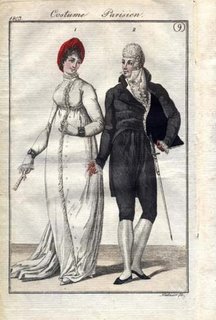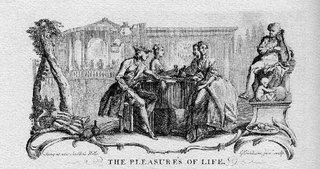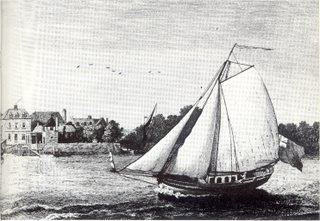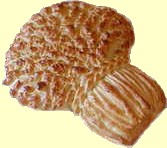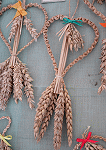As promised, here is my monthly post about the nature of things in England.
Before we get to that, I did want to remind you to check the
titlewave blog. Over the next few weeks, the AT 2 sisters will be interviewing the new group of American Title Finalists. I hope you will enjoy meeting them as much as we have.
Now Back to our Nature Ramble.
The Naturalists Diary written in 1826 contains extraordinary detail about the plants, animals, birds and insects of 200 years ago.
As I read, I see that the cycle of migration goes on now much as it did then, although I have heard many Brits bemoan the decline in the bird population. Practically every house has a bird feeder and I have often sat in my mother’s living room watching the small English robin, the blackbirds and the tiny blue tits visit the garden. And if you are very sharp eyed and extremely lucky you might even spot little jenny wren. Here is her picture. Isn't she sweet, and so very shy.

Because the British Isles have such a mild climate, while some birds are leaving for the winter, others that live in harsher climates in the summer are arriving to winter in England. So there is never a shortage of birds.
The 1826 Naturalist tells us that in October martins, stone-curlews and swallows depart for warmer climates, but also notes that some hardier swallows stay all winter in a state of torpidity, only waking with warmer temperatures in April.

Arrivals include the throstle, (now don't you just love that name, and look at the picture, what an interesting looking bird it is too) the red-wing, and the field-fare who stay until March. Some birds, like the ring-ouzel, arrive from the Welsh and Scottish Alps to winter in more sheltered situations along with the Royston or hooded crow (Corvus cornix) from Scotland and the northern parts of England.The woodcock returnsand is found on the eastern coasts.
Various kinds of waterfowl make their appearance; and, about the middle of the month, wild geese quit the fens, and go to the rye and wheat lands to devour the young corn; frequently leaving a field as if it had been fed off by a flock of sheep. Rooks sport and dive, in a playful manner, before they go to roost, congregating in large numbers. (A rookery is quite an amazing sight, how those nests made of twigs stay in the trees was always a wonder to me as a child). The starling sings. The awk or puffin visits some of the rocky isles of Britain in amazing numbers for the purpose of incubation.
With regard to plants, amid the floral gaieties of autumn, may be reckoned the Guernsey lily, which is so conspicuous an object in October, in the windows and green-houses of florists in London and its vicinity.

Hips and haws now ornament the hedges, these are red hard seedpods. The berries of bryony and the privet; the barberry, the holly and the elder,
from which an excellent winter wine may be made—with sloes, bullaces, and damsons, are now in great plenty. The elder is a very versatils and ancient shrub. Not only is wine made from its fruit but elderflower wine is very sweet and was very popular at one time.
Blackberries also are ripe in this month, and the collecting of them affords an agreeable pastime to the younger branches of the peasant’s family, as well as some small profit to the parents.
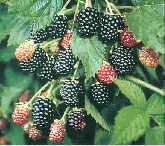
These are the fruits of the poor;--they who are more highly favoured with the gifts of fortune revel on thepatrician peach and nectarine, the pine and the grape, whose purple clusters contrast so beautifully with the dazzling white of the silver epergne. But these transient pleasures, --the rose-crowned bowl,--the smiles of beauty, the music’s enchanting voice,--soon, too soon, flit away from our grasp and leave us nothing but the memory of a former day, those ‘blossoms of the past.’
Of course what this really means is --- Good bye to summer.
Best wishes and Happy Rambles
 This is an 1810-1820's spencer. A short jacket designed to be worn over those high waisted dresses. I must say, it seems to make perfect sense.
This is an 1810-1820's spencer. A short jacket designed to be worn over those high waisted dresses. I must say, it seems to make perfect sense.

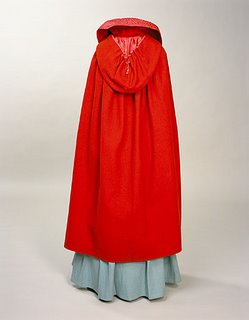
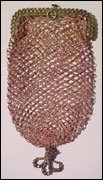


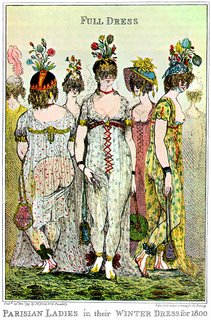 This is a cartoonists impression of French fashions in the 1800's. They are not much different that today, are they?
This is a cartoonists impression of French fashions in the 1800's. They are not much different that today, are they?




